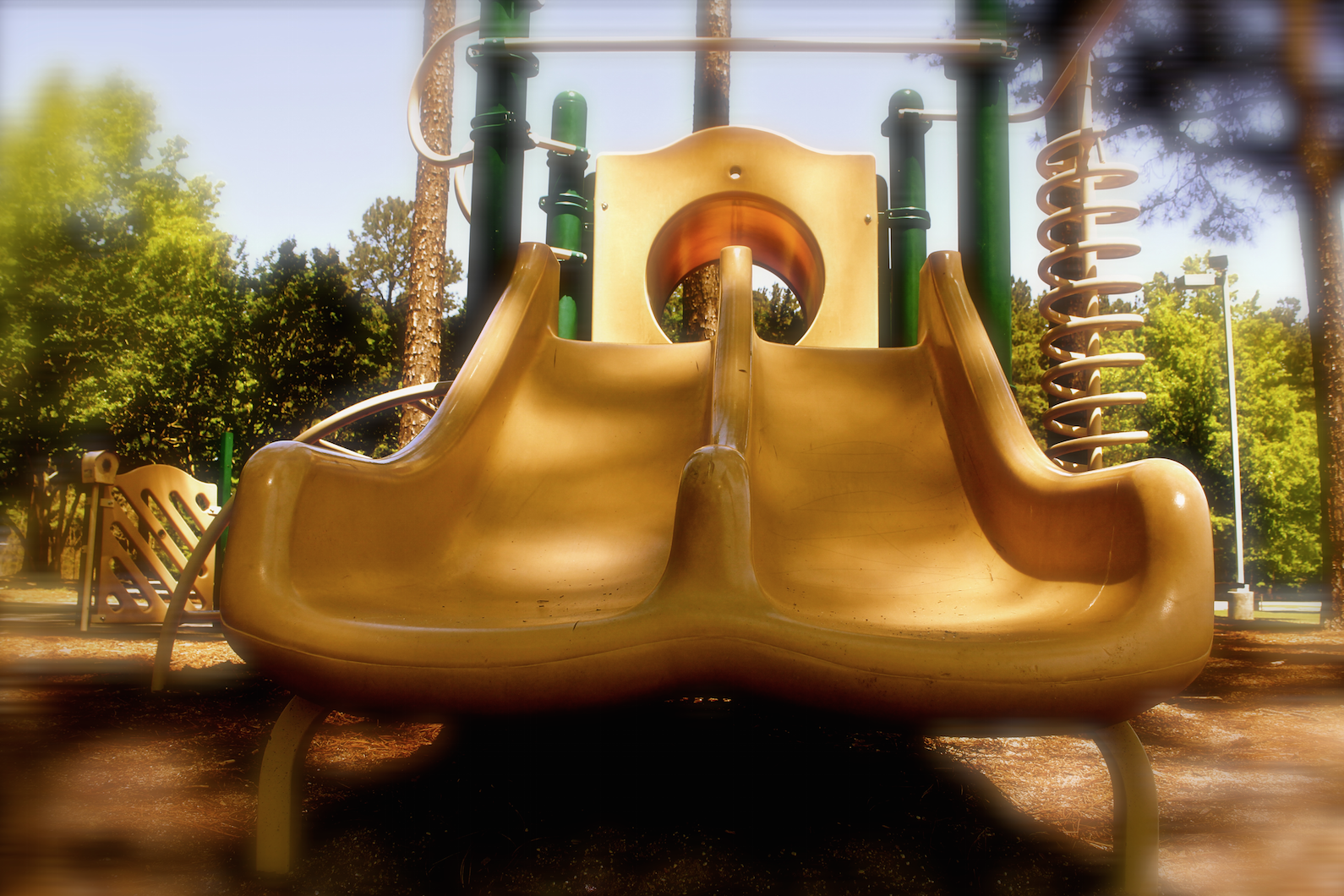When Playgrounds Become Nightmares
Springtime begs for children to be outside. Imaginations soar as children are running, playing, exploring, and enjoying the exciting and wonder-filled world of the playground. Bridges have trolls below, slides become exit doors for spaceships, and princesses rescued by their brave, dragon-slaying princes. Unfortunately, childhood dreams at the playground can quickly turn into nightmares if danger shows up for a play date.
According to the Consumer Product Safety Commission, an estimated 500,000 children under the age of 14 sustain injuries on playgrounds every year; 100,000 to 200,000 of these injuries require emergency-room care. Although far more children are injured in car accidents than on playgrounds, playground injuries are more likely to be severe. Severe injuries include broken bones, dislocations, and contusions.
Between 1990 and 2000, 147 children died from playground-related injuries. Of these, 82, or 56%, died from strangulation and 31 or 20% died from falls to the playground surface. Most of these deaths occurred on home/private playgrounds. On public playgrounds, most injuries occur on climbing features, while swings are responsible for most injuries on home/private playgrounds.
Before abandoning our playgrounds, or casing our kids in bubble-wrap, let’s consider these simple strategies to help keep danger at bay while our kids are at play.
- Play Clothes
When you take your kids to the park be sure they are dressed appropriately. Children should wear clothing that fits well, and no strings or accessories should be hanging from their clothing. Tie shoelaces, and remove necklaces, hoodie strings, etc. before play. (Your darling princess may not appreciate this, but keep in mind 56% of children deaths from playground-related injuries are due to strangulation).
- Age Appropriate
Playgrounds are not one-size-fits-all. Although your toddler may look longingly at the ‘big kid’ equipment, allowing him to play on equipment that requires more balance and/or judgment than he is capable may result in a serious injury. Younger children often become ‘fearless’ at the playground, and may attempt to climb or slide on equipment that is too difficult for them, causing a serious fall. Likewise, older children should not play on equipment designed for smaller children. Being too big for a piece of equipment can cause it to break and injure the big kid, or another that comes along later.
- Check it Out
Upon arriving at the playground, parents or guardians should first inspect the equipment to look for hazards. Keep an eye out for sharp objects such as cracked plastic or protruding bolts. Look closely to see if any dangerous debris is in the area, such as glass or trash. It’s not uncommon for parents to find needles and even broken glass bottles in play areas. Look first, before you let your kids play.
- Supervision
Ah, the playground. Where kids can burn off extra energy and parents can enjoy talking with other parents, or stare at their cellphones. Although it may feel like the perfect opportunity to respond to a few emails, or return some phone calls, resist the temptation. We are not recommending that you become a helicopter parent and follow your child around the playground, but it’s very easy to get drawn into your phone or your conversation and not check on your child as often as needed. Should your child become stuck or strangled, you can easily recognize the danger and go to the rescue if you are actively watching their activity.
